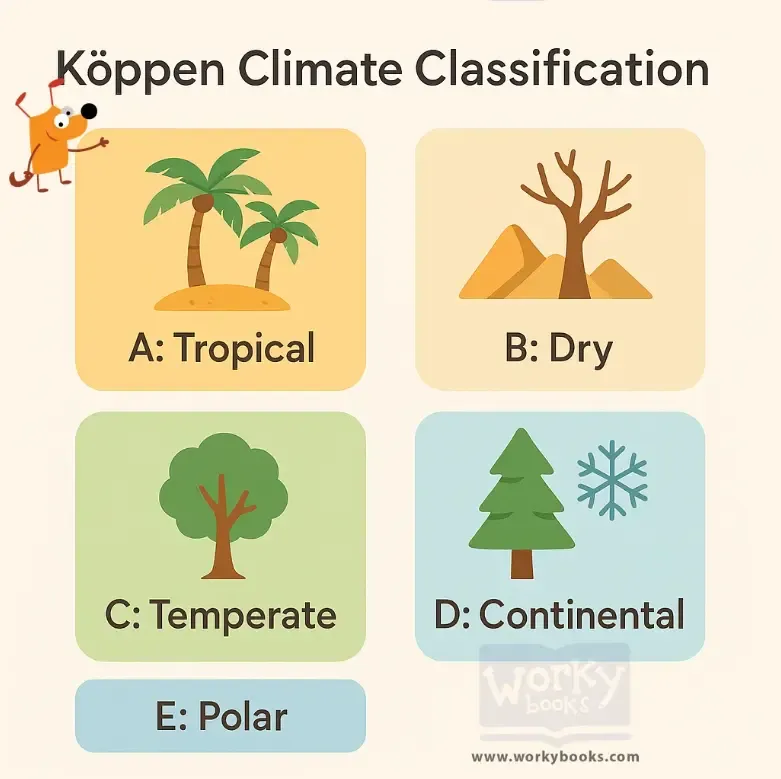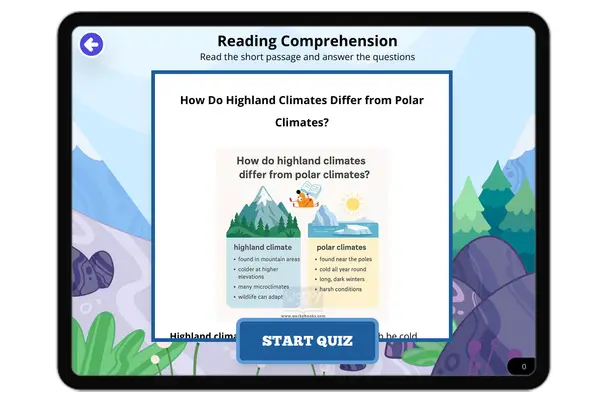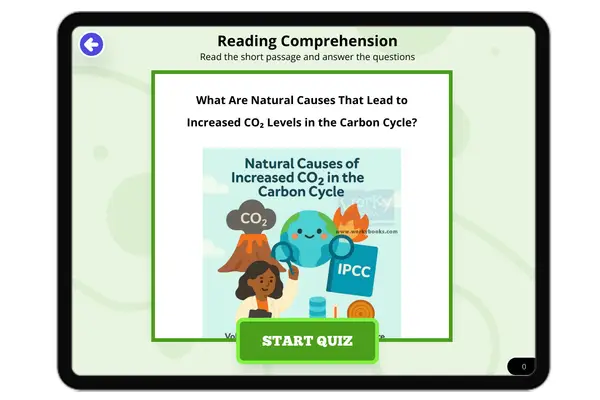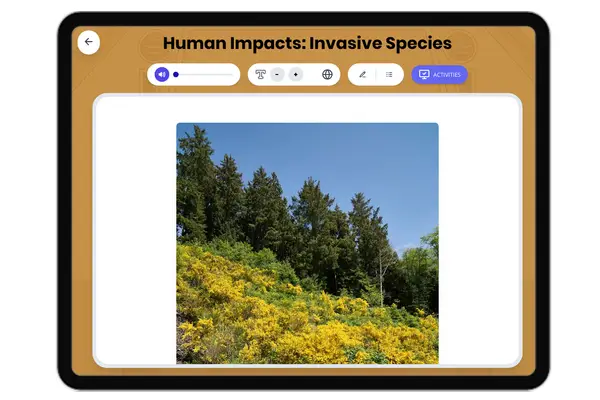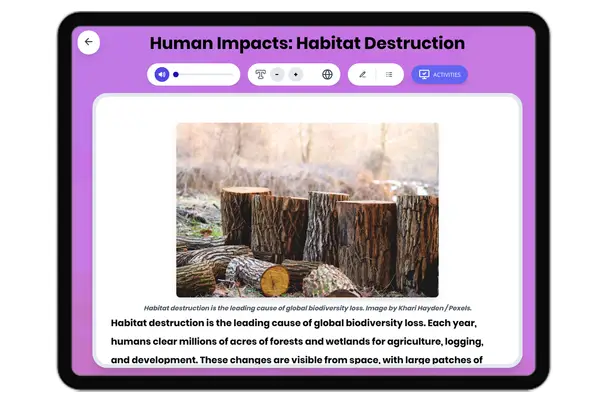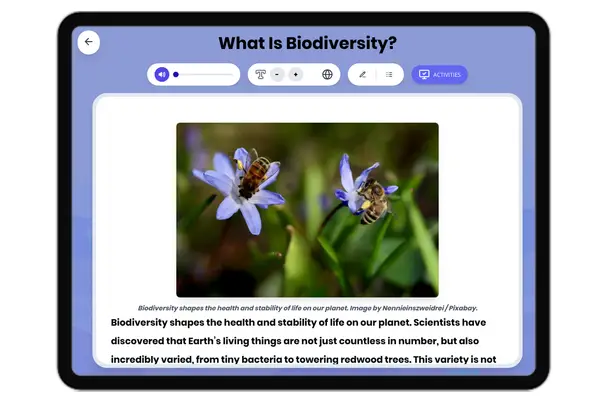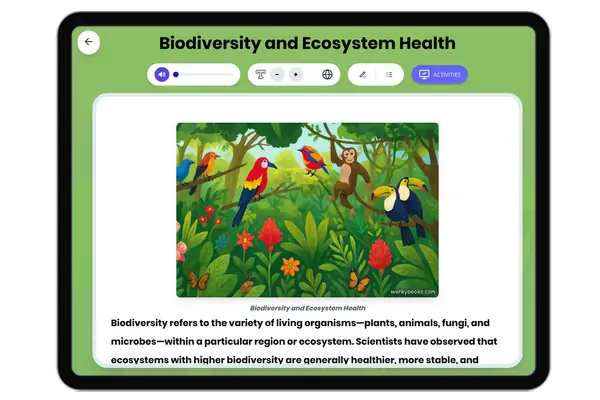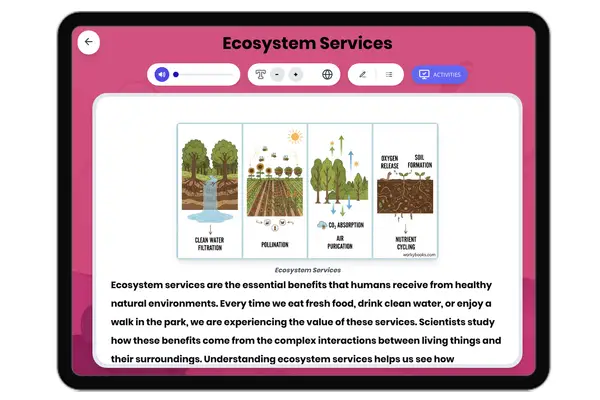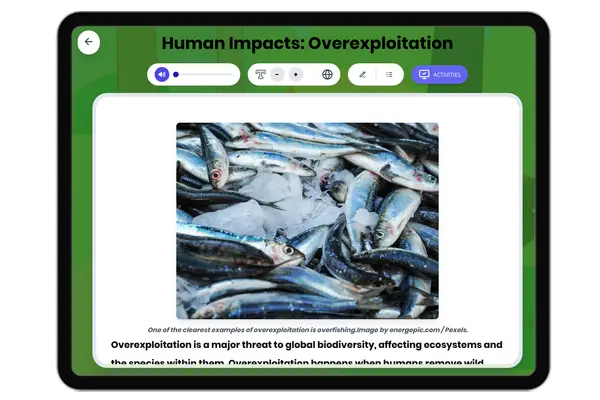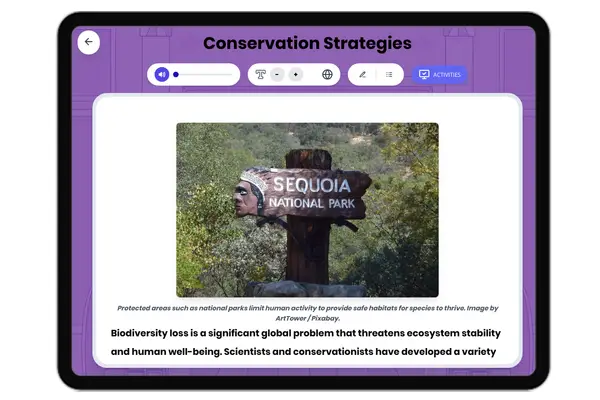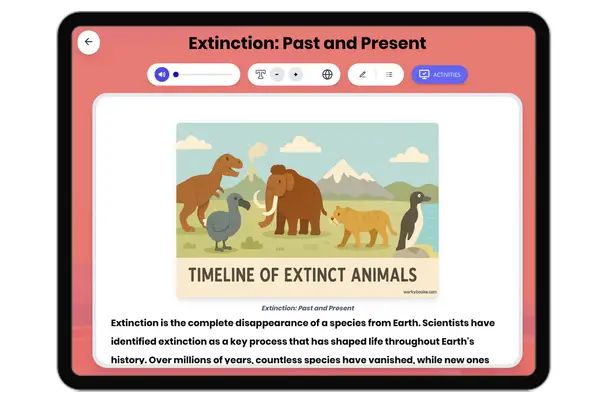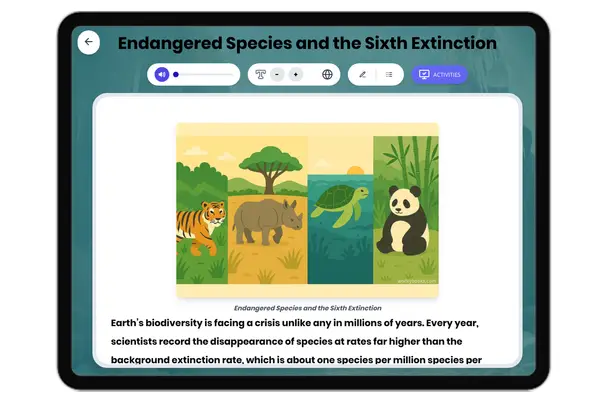Understanding the Koppen Climate Classification System — Reading Comprehension
Premium Resource
Grades
- 5
- 6
- 7
- 8
Standards
- MS-ESS2-6
- MS-LS2-5
PRINT+DIGITAL RESOURCE
This learning resource is available in interactive and printable formats. The interactive worksheet can be played online and assigned to students. The Printable PDF version can be downloaded and printed for completion by hand.
About This Reader
This NGSS-aligned science reading passage explains the Köppen Climate Classification System, a scientific method used to categorize Earth’s climates based on temperature and precipitation. Students will explore the five main climate zones (A, B, C, D, E), understand subtypes like Af (tropical rainforest), and learn how this system helps scientists study weather, ecosystems, and climate change. The passage includes real-life applications, such as how climate affects biodiversity, agriculture, and human lifestyles. Ideal for middle school Earth and environmental science lessons, it supports key literacy and science comprehension goals.
Perfect For:
👩🏫 Teachers
- • Reading comprehension practice
- • Auto-graded assessments
- • Literacy skill development
👨👩👧👦 Parents
- • Reading practice at home
- • Comprehension improvement
- • Educational reading time
🏠 Homeschoolers
- • Reading curriculum support
- • Independent reading practice
- • Progress monitoring
Reading Features:
📖
Reading Passage
Engaging fiction or nonfiction text
❓
Comprehension Quiz
Auto-graded questions
📊
Instant Feedback
Immediate results and scoring
📄
Printable Version
Download for offline reading
🔊
Read Aloud
Voice-over with word highlighting



